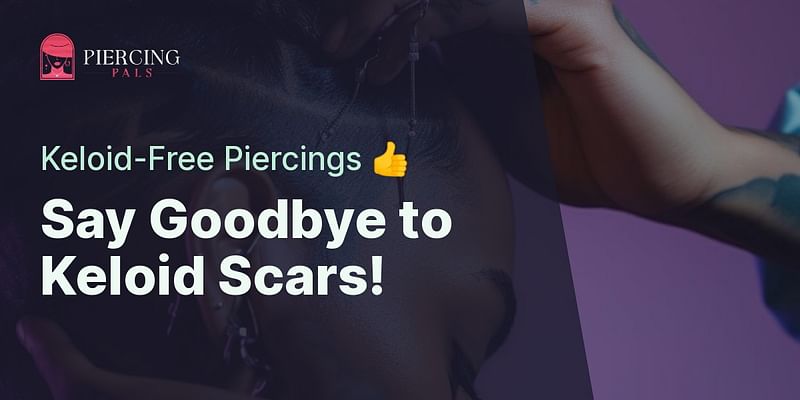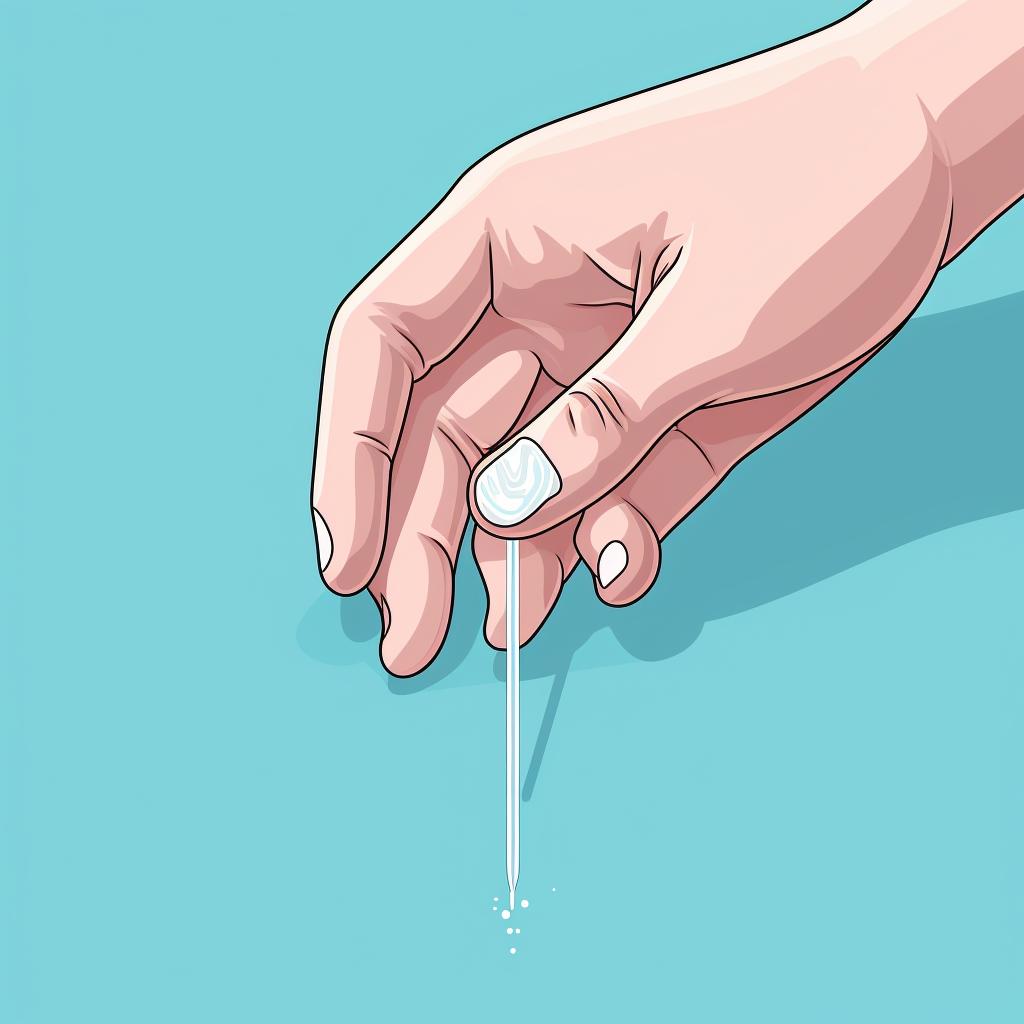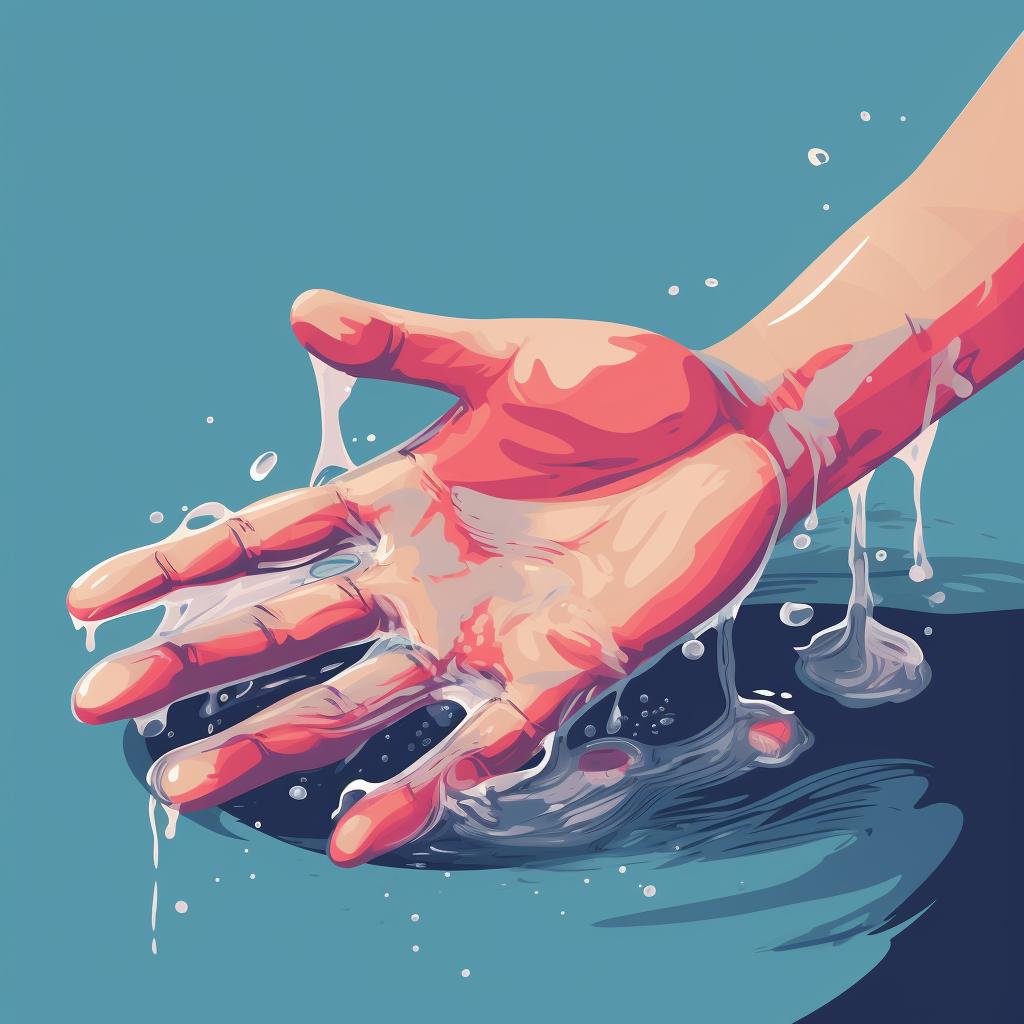Eli Walker is a professional jewelry designer who specializes in piercing jewelry. He shares his expertise on choosing the right jewelry for different piercings and skin types. Eli's writing is informative and detailed.
Preventing keloid formation after a piercing is crucial for maintaining healthy and attractive skin. Here are some piercing care tips that can help you prevent a keloid from forming.
Keloids 101: What's the Big Deal?
Keloids are raised scars that form when the skin's healing process becomes overly aggressive. They can appear after any skin injury, including piercings. People with a family history of keloids are more at risk, indicating a genetic predisposition.
Picking Your Piercing Partner: The Right Jewelry Matters
Choosing the right jewelry for your piercing is vital in preventing keloids. Some metals may cause an allergic reaction, leading to complications during the healing process of piercings. Opt for hypoallergenic materials like titanium or surgical stainless steel. If you're unsure, consult with your piercer or a dermatologist.
Post-Piercing Care: Your Roadmap to Healing
One of the most effective ways to prevent keloid after piercing is by following a proper aftercare routine.
To help you maintain a healthy piercing and prevent keloid formation, here is a step-by-step aftercare guide you can follow:
Learn more about 🌟 Preventing Keloid Formation: A Step-by-Step Aftercare Guide 🌟 or discover other Piercing Pals guides.
By following these steps, you can significantly reduce the risk of keloid formation. However, remember that everyone's body responds differently to piercings. If you notice any signs of infection or abnormal scarring, consult a healthcare professional immediately.
Remember, everyone's body responds differently to piercings. If you notice any signs of infection or abnormal scarring, seek medical advice immediately. Here's more on how to safely clean a new piercing.
Why Go Pro? The Benefits of Professional Piercing Services
If you're a piercing beginner, consider seeking professional help. A professional piercer will ensure the procedure is done correctly and hygienically, reducing the risk of complications that could lead to keloids. They can also provide piercing advice tailored to your skin type and piercing style.
To ensure you're getting the best care, it's important to find a reputable professional piercer in your area. They can guide you through the process and provide personalized advice based on your skin type and desired piercing style.
Once you've found a professional piercing studio, remember to follow their advice on aftercare to minimize the risk of keloid formation. However, if a keloid does form, don't panic. There are several treatment options available, which we will discuss in the next section.
Oops, Got a Keloid? Here's Your Action Plan
If a keloid does form despite your best efforts, don't panic. There are several treatment options available. These include corticosteroid injections, laser therapy, and even surgical removal in severe cases. Always consult a healthcare professional for the best course of action.
Now that we've covered the basics of keloid prevention and treatment, let's answer some frequently asked questions on the topic.
Understanding the potential risks, including keloids, can help you make informed decisions about your piercings. Remember, prevention is always better than cure when it comes to piercing keloid prevention. Happy piercing!
Finally, remember that piercings should be a fun and personal expression of your style. Understanding the potential risks and how to prevent them ensures a positive piercing experience. For more information on piercings, check out our Ultimate Guide to Daith Piercing Procedure, Healing, and Cost.
Have you ever developed a keloid after a piercing?
We'd love to hear about your experiences with piercings. Have you ever had a keloid form after getting a piercing?
Remember, prevention is always better than cure when it comes to piercing keloid prevention. Happy piercing!



















